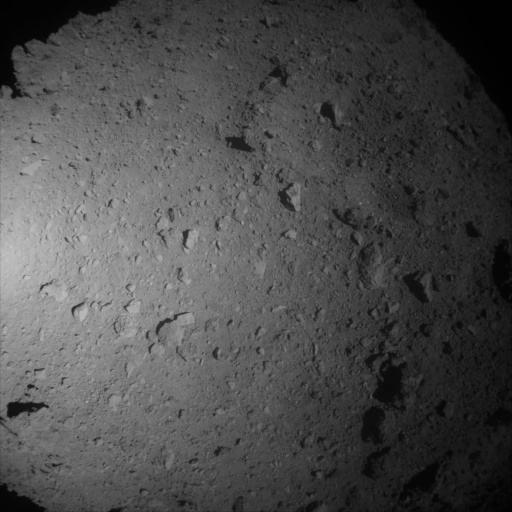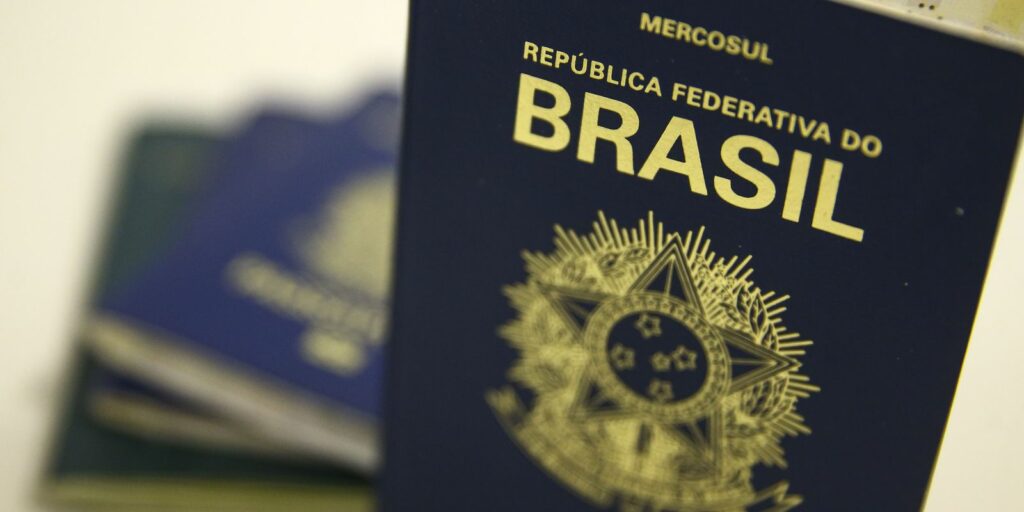“When the researchers analyzed the samples, collected from two different locations on the asteroid, they found uracil, one of the building blocks of RNA, as well as vitamin B3 or niacin (a key cofactor for metabolism in living organisms).
Uracil is a nucleobase or nitrogen-containing compound. It is one of the five nucleobases in DNA and RNA, the proteins and molecules that contain crucial genetic information and instructions for the cells of living organisms.
A study detailing the findings was published Tuesday. in the journal Nature Communications.
Ryugu is a carbon-rich asteroid diamond-shaped, about 1 kilometer wide. Hayabusa2 was the first mission to return a sample of an asteroid’s subsurface to Earth.
The Japanese Aerospace Exploration Agency mission collected a sample from the asteroid’s surface in February 2019, then fired a “bullet” copper to the asteroid to create an impact crater about 10 meters wide.
The sample was collected from this crater in July 2019. The asteroid Hayabusa2 then flew past Earth, leaving the sample in Australia in December 2020.
A graphic shows some of the molecules found in samples taken from the Ryugu asteroid by the Hayabusa2 mission of the Japan Aerospace Exploration Agency. (Credit: NASA/JAXA/Dan Gallagher)
In previous analyses, the researchers detected amino acids and other molecules in the Ryugu sampleswhile uracil and niacin have also been found in meteorites that landed on Earth.
“Scientists previously found nucleobases and vitamins in certain carbon-rich meteorites, but there was always the question of contamination from exposure to Earth’s environment,” said study lead author Yasuhiro Oba, an associate professor at Hokkaido University. in Japan, in a statement.
“Since the Hayabusa2 spacecraft collected two samples directly from the Ryugu asteroid and brought them to Earth in sealed capsules, contamination can be ruled out.”
Building blocks of life in space
The researchers discovered the molecules when they soaked particles collected from Ryugu in hot water alreadyThey analyzed the results using different observation methods, such as liquid chromatography and mass spectrometry.
The team then detected traces of uracil, niacin and other nitrogen-containing organic compounds.
“Other biological molecules were also found in the sample, including a selection of amino acids, amines, and carboxylic acids, which are found in protein and metabolism, respectively,” Oba said.
Together, the findings from the Ryugu samples so far add to growing evidence that the building blocks of life originated in space and were originally delivered to Earth billions of years ago by meteorites.
The molecules probably originally formed through photochemical reactions in ice in outer space before our solar system existed, Oba said.
Additional studies of the composition of the asteroid
The concentrations of the molecules in the two samples were different, but that is likely due to exposure to the harsh environment of space.
It is possible that Ryugu has ever been part of a larger celestial bodylike a comet, before it was torn apart by collisions with other space objects.
“There is no doubt that biologically important molecules, such as amino acids and nucleobase(s) have been provided to Earth in asteroids/meteorites,” Oba said. “In particular, we hope that they may play a role in prebiotic evolution on the early Earth.”
It’s also possible that when space rocks crashed into other planets in our solar system, they could have carried some of the same building blocks of life.
“I cannot say that the presence of such ingredients directly leads to the appearance/presence of extraterrestrial life, but at least its components, such as amino acids and nucleobases, can be present everywhere in space,” Oba said.
Now, the researchers want to know how common these molecules are on asteroids.
Fortunately, a sample from another asteroid called Bennu will be sent to Earth in September by a regolith scout ship with spectral and origin interpretation, resource identification and security capabilities, OSIRIS-RExfrom NASA.
“The discovery of uracil in the Ryugu samples gives strength to current theories about the origin of nucleobases on the early Earth,” Oba said.
“NASA’s OSIRIS-REx mission will return samples of asteroid Bennu this year, and a comparative study of the composition of these asteroids will provide more data to develop these theories.”


















